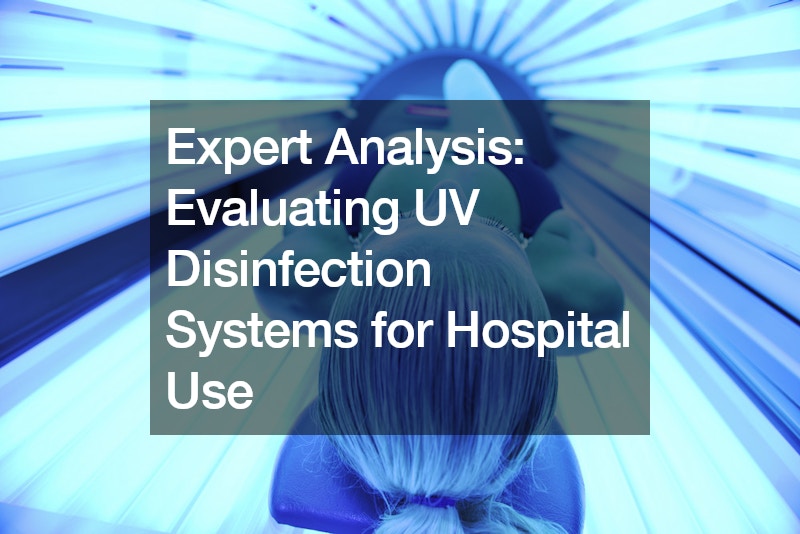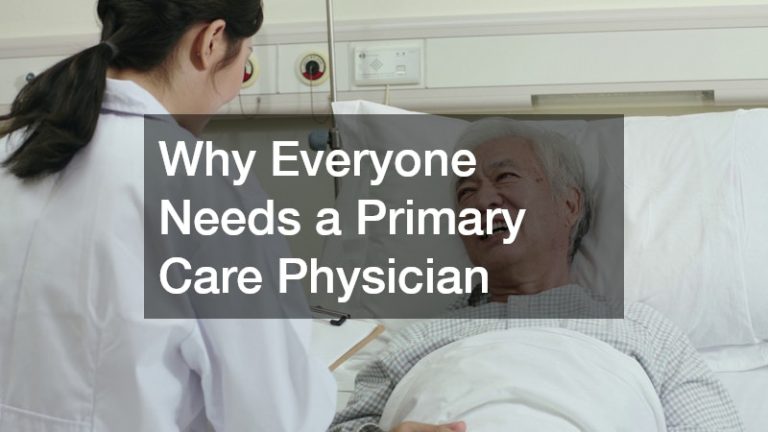

In healthcare, maintaining a sterile environment is paramount to safeguarding patients and staff against harmful pathogens. With the rise of UV disinfection systems in hospitals, there is a growing need for expert analysis to evaluate their efficacy and suitability for medical facilities.
UV disinfection systems in hospitals have garnered attention for potentially eradicating bacteria, viruses, and other microbes from surfaces, contributing to enhanced infection control protocols. These systems utilize ultraviolet (UV) light to target and destroy pathogens, offering a complementary approach to traditional cleaning methods.
One critical aspect of assessing UV disinfection systems for hospital use is their ability to achieve comprehensive coverage across various surfaces within healthcare settings. Unlike manual cleaning, which may overlook certain areas, UV disinfection systems can penetrate nooks and crannies, reaching spaces difficult to clean by hand.
This ensures a more thorough disinfection process, minimizing the risk of healthcare-associated infections (HAIs) and promoting patient safety.
Moreover, the effectiveness of UV disinfection systems in hospitals hinges on factors such as intensity, duration of exposure, and proximity to surfaces. UV-C light, with wavelengths between 200 and 280 nanometers, is particularly effective at destroying the DNA and RNA of microorganisms, rendering them unable to replicate. However, it is crucial to balance sufficient UV exposure and potential safety concerns for patients and staff.
To optimize the performance of UV disinfection systems in hospitals, ongoing monitoring and maintenance are essential. Regular assessments of system functionality, calibration, and adherence to safety protocols are imperative to ensure reliable operation and mitigate the risk of equipment malfunction. Additionally, staff training on proper usage and handling of UV disinfection systems is crucial to maximize their effectiveness while minimizing potential hazards.
Despite the promise of UV disinfection systems in hospitals, it is essential to acknowledge their limitations and potential challenges. While these systems can complement existing infection control measures, they should not be viewed as a standalone solution. Proper cleaning protocols, hand hygiene practices, and environmental management remain fundamental components of infection prevention strategies in healthcare settings.
In conclusion, expert analysis is vital in evaluating uv disinfection system hospital. Healthcare facilities can make informed decisions about integrating UV disinfection technology into their infection control protocols by considering factors such as coverage, effectiveness, maintenance requirements, and safety considerations. With careful planning and implementation, UV disinfection systems have the potential to enhance the overall cleanliness and safety of hospital environments, ultimately benefiting patients and healthcare providers alike.
.



